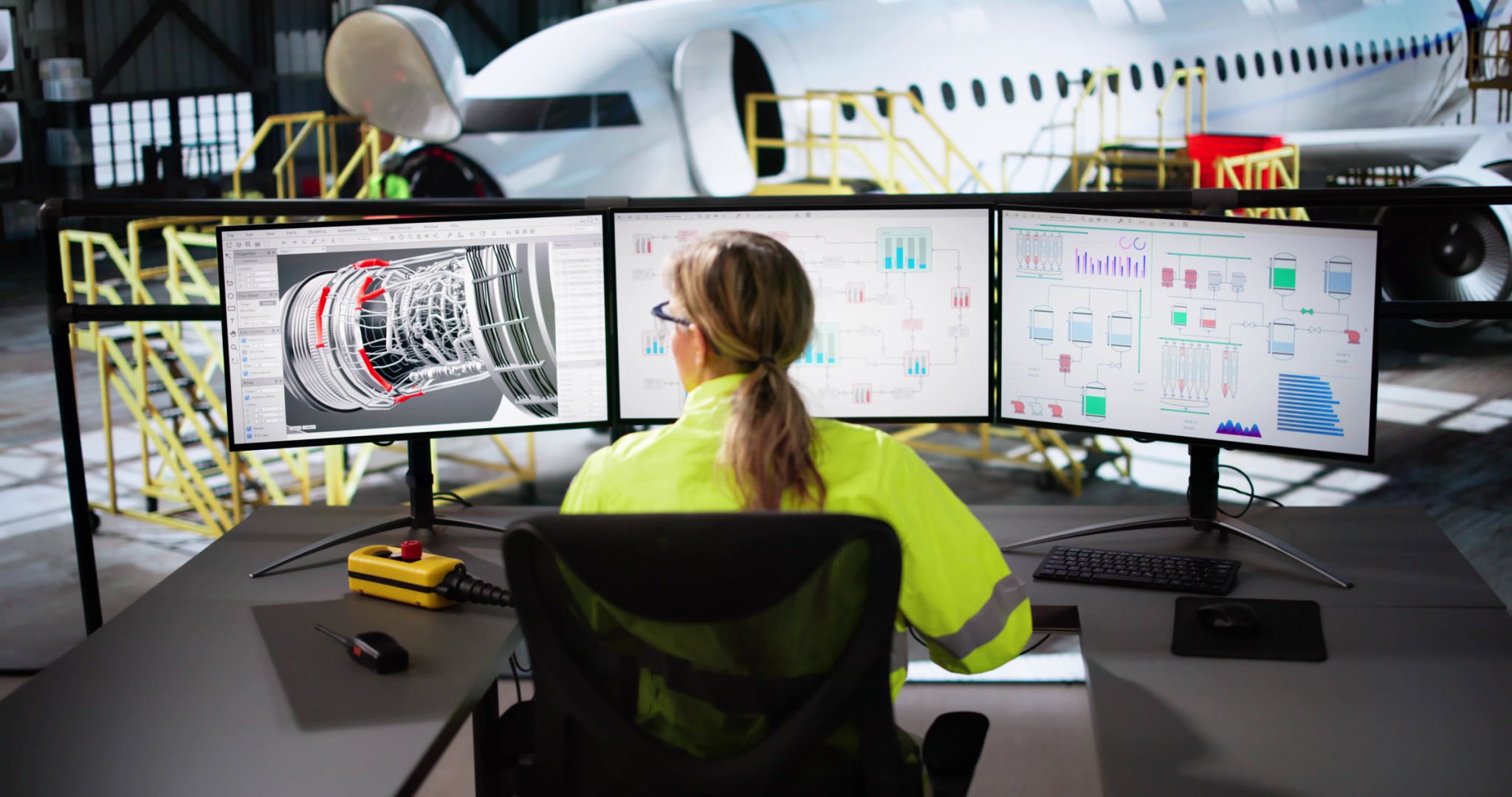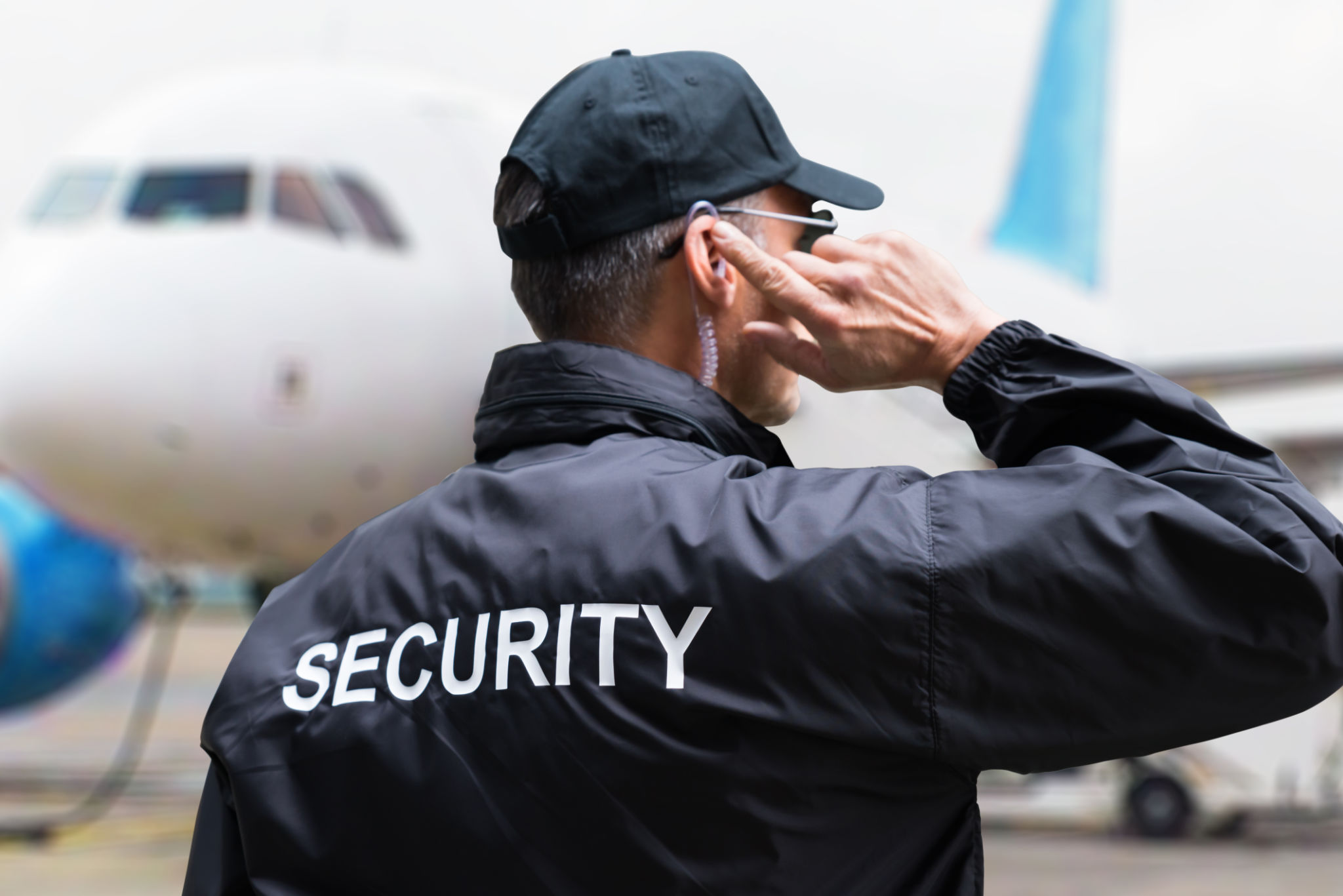Preparing Your Aircraft for Seasonal Changes: Expert Tips from Zhisong
Understanding Seasonal Impacts on Aircraft
As the seasons change, so do the challenges faced by aircraft. Temperature fluctuations, humidity variations, and weather conditions can significantly affect an aircraft's performance and safety. It's essential to understand how these elements impact the aircraft to ensure optimal operation year-round. Proper preparation for seasonal changes can help prevent unexpected issues and maintain a high level of safety.

Pre-Flight Inspection Essentials
A thorough pre-flight inspection is crucial in any season, but especially during times of transition. Pay close attention to the aircraft's exterior, checking for any signs of wear or damage that might have occurred during previous flights. Inspect the tires, brakes, and landing gear for any signs of deterioration, as these components are directly impacted by temperature changes.
Additionally, examine the fuel system for any leaks or blockages that could be exacerbated by varying temperatures. Ensure that de-icing equipment is in top condition and ready for use, as unexpected frost or ice can pose significant risks during flight.
Adapting Maintenance Schedules
Seasonal changes may necessitate adjustments to your regular maintenance schedule. Consult with aviation experts or your maintenance team to determine any specific needs based on the current and upcoming weather conditions. This proactive approach can help in identifying potential issues before they become critical problems.

Consider increasing the frequency of certain checks, such as those related to the aircraft's heating and cooling systems. Ensuring that these systems function correctly is vital for passenger comfort and safety, particularly during extreme temperature fluctuations.
Protecting Aircraft Exteriors
The exterior of an aircraft is constantly exposed to the elements, making its protection a priority. Applying a protective coating can help shield the aircraft from harsh weather conditions, such as scorching sunshine or freezing temperatures. Regular cleaning and waxing will also help maintain the integrity of the paint and prevent corrosion.
For aircraft stored outdoors, using protective covers can prevent accumulation of debris and moisture, which can cause damage over time. Investing in quality covers designed for your specific aircraft model ensures a snug fit and optimal protection.

Monitoring Environmental Conditions
Environmental conditions such as humidity and temperature can have profound effects on an aircraft's performance. Use weather monitoring equipment or services to stay informed about current and forecasted conditions. This information helps in making informed decisions regarding flight operations and necessary adjustments to maintenance plans.
Engage regularly with meteorological experts or utilize aviation-specific weather apps for real-time updates. Being prepared with accurate information allows for better planning and reduces the likelihood of weather-related disruptions.
Conclusion: Ensuring Year-Round Safety and Efficiency
Preparing your aircraft for seasonal changes requires diligence and attention to detail. By understanding the impacts of different weather conditions, adapting maintenance schedules, protecting exteriors, and monitoring environmental factors, you can ensure your aircraft remains safe and efficient throughout the year.
At Zhisong, we emphasize the importance of proactive preparation in maintaining the highest standards in aviation safety. Implementing these expert tips will not only enhance the longevity of your aircraft but also contribute to smoother operations regardless of the season.
